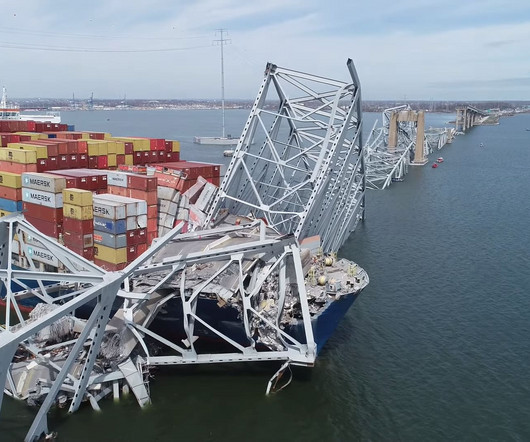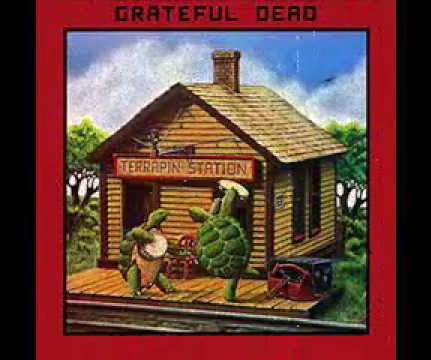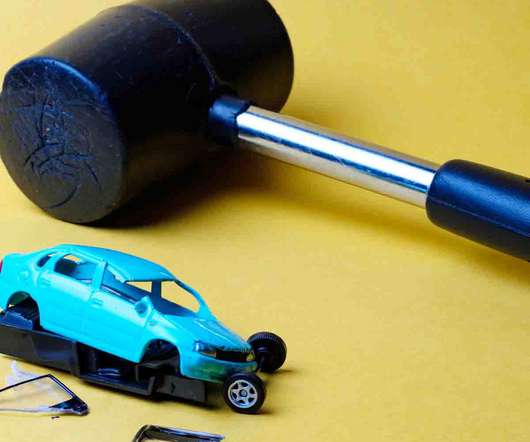This Week in Logistics News (March 23 – 29)
Logistics Viewpoints
MARCH 29, 2024
In the early morning hours of April 26, at approximately 1:35am, a cargo ship leaving Baltimore Harbor struck the Francis Scott Key Bridge, triggering a catastrophic collapse of the 1.6-mile-long The end result of the loss of propulsion was the ship crashing into the bridge. mile-long span. An estimated 11.5 An estimated 11.5

















Let's personalize your content